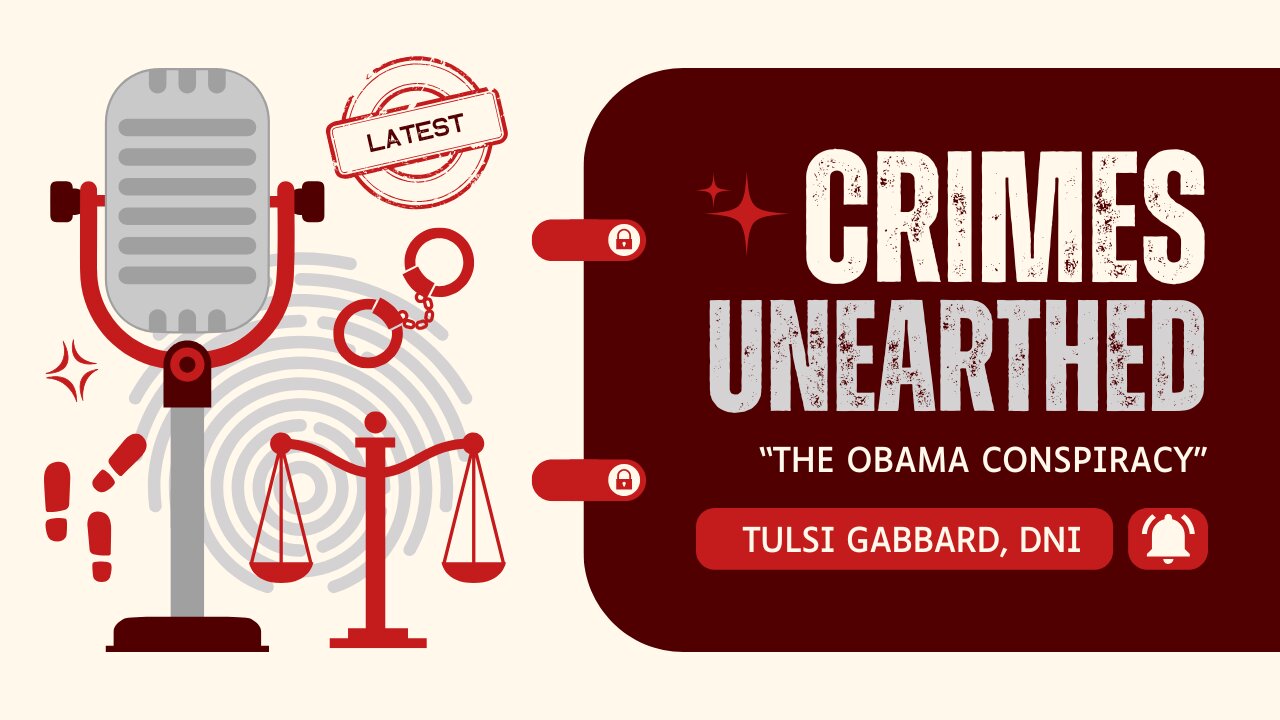President-elect Donald J. Trump is starting now to fight to put his “Revenge of the Weirdos” team into place. One expects the usual suspects – those who targeted the “weirdos” from the left – to squawk, squeal, indeed scream. But the country is also hearing some squawking from the libertarian right. This is the result of the tendency of all human beings to oversimplify life. What they don’t see, doesn’t exist. And on foreign and defense policy, a libertarian’s only rule is: no enemies but what you make. So anyone who sees an enemy outside the United States, is a warmonger. That mind-set is not merely unfair, but dangerous – because warmongers do not limit themselves to the Deep State. Any society having territorial ambitions beyond the territory it controls at the moment, is a potential enemy of its neighbors. And that sort of enemy is only one example.
Why China, Iran and Russia?
As everyone knows by now, Donald Trump nominated Fox and Friends Weekend host Pete Hegseth as Secretary of Defense. He is a retired Army lieutenant who led troops in Iraq and Afghanistan. Naturally the establishment – and the left – are squawking about his nomination, for various reasons. Among other things, he sees no place in the armed services for enlisted personnel – nor especially officers – who opt for surgical mutilation and hormonal poisoning to change genders. Nor does he care to have personnel, who have any reason to be sexually attracted to one another, mix it up in close quarters.
But that’s not primarily why libertarians object to him. Darrell L. Castle, in an otherwise laudatory piece, objected to his acceptance of the proposition that China, Iran and Russia are enemies of the United States.
The downside, and there always seems to be one, is that he apparently believes in the official narratives constructed by the neocons in conjunction with the military, industrial, security, and intelligence complex. Those narratives teach us and constantly remind us that Russia, China, and Iran are enemies. I don’t, therefore, see the 2 trillion in cuts Elon Musk promised coming from the military or from the closure of any foreign bases. If you team him with Trump’s choice for UN Ambassador, his National Security Advisor, his Secretary of State, and his Ambassador to Israel, one might view that list as an Israeli war cabinet.
I personally have no problem with Israel. I just have a problem with being constantly involved in fighting their wars because they and their lobby demand it. I wonder if it can be changed but I hope for the best regarding the American attitude toward other people’s wars.
Darrell Castle goes on to discuss the war in Ukraine at length, since he objects to that most of all. But clearly Castle does not believe that Russia, Iran or China is a natural enemy of the United States. He shares this attitude with many others. For example, Holly Jean Soto at RealClearMarkets, objects to Trump’s proposed renewed tariff punishment of communist China. Tariffs, to her, are curtailments of liberty. And enemies? What enemies? No enemies but what we make.
But natural enemies do exist. So who are they – and do they include China, Iran, and/or Russia?
Is Russia a potential enemy?
The worst one can say today about Russia is that it wants to redeem certain lands it recently lost. That loss came with the collapse of the Soviet Union and the permanent breaking of the Warsaw Pact. Indeed one particular Soviet leader, Nikita S. Khrushchev, brought those losses on Russia. Historians remember his memorable shoe-banging boast:
We will bury the American system! Let’s look in 1970 and see who was right!
They also remember his move to put ballistic missiles into Cuba, at a time when missiles had such a short range that missile bases ninety miles off the coast of Florida would really make a difference to American lives. But Khrushchev made one mistake no one caught at the time: he granted nominal independence to Ukraine and Belarus. All he wanted was two more votes in the General Assembly of the United Nations. Alger Hiss built that horror house, but Khrushchev tried every possible cheat to subvert it for his own purposes. Two more tame UN ambassadors was only one of his cheats – but it would prove fatal. In the breakup of the Soviet Union, the Western powers demanded actual independence for Ukraine. Result: a biological warfare laboratory network directly abutting Russian soil, as National Intelligence Director-designate Tulsi Gabbard reminds us.
So Russia has another reason to redeem the Donbass, at least: its literal self-defense. Indeed Ukraine has been a proxy for all-out war with Russia for at least ten years.
Full extent of Russian ambitions
So Russia actually has legitimate casus belli. But how far do their ambitions run? From the rhetoric of Russia’s present leader, Vladimir Putin, Russia might possibly seek to redeem all the lands that broke away from Czarist Russia at its greatest territorial extent. But so far, Russia has sought only to redeem lands with large Russian resident populations. (Aside from destroying an obvious threat to its people from bio-weapons laboratories literally on their doorstep.)
So the reason Russia does not seek to reconquer Alaska – beyond the Americans having bought it legitimately from Czar Alexander II – is that no significant Russian presence remains in Alaska. In fact, everyone involved in the Alaska Purchase thought it was worthless! Secretary of State William H. Seward took a lot of ribbing over what detractors called “Seward’s Icebox”!
Those detractors would be silent today, considering the oil that lies beneath Alaska’s snows. Alexander II didn’t know about that; Putin does. So any American President really concerned about Russian territorial ambitions, should not contemplate sending troops to Ukraine. Instead he should station troops in Alaska, and perhaps build a Naval base or two. This “silent gesture” might be all that is required – and also partly serve the purpose of a counter against China. (More about China below.)
Iran, heir to the Persian Empire
Iran is another matter. Iran is the former Kingdom of the Parthians, which was the former Persian Empire. It has always had territorial ambitions in what was first the Ancient Near East and is now the Middle East.
Then a crazy general named Muhammad invented a religious system called Islam, and that changed everything. Iran did not so much embrace Islam as adapted it to its own purposes. With Iran came the creation of Shi’a Islam, meaning literally “The Submission by the Followers of Ali.” This Ali, son-in-law of Muhammad, was the First Imam and, according to Shi’a tradition, Muhammad’s rightful successor. In either 873 or 874 A.D., the Eleventh Imam, Hasan al-Askari, died of poisoning. His son Muhammad al-Mahdi, then five, vanished from sight, never to be seen or heard from again. Legend holds that Muhammad al-Mahdi still lives, after all these centuries, and will return to bring order to the world out of chaos.
This is the religious tradition to which Iran’s current leaders subscribe. And because they want their Twelfth Imam back, they seek to create chaos, to provide a pretext for his return.
The Islamic Republic of Iran earned the enmity of Americans by sacking the U.S. Embassy in Tehran and taking all its fifty-odd personnel hostage. (Technically, student militants did this, but the fundamentalist government of Iran did the negotiating that led to their release, more than a year later, after the election of Ronald Reagan as President of the United States.)
Iran today – and the Fourth Arab-Israeli War
Iran has cultivated proxies beyond its borders to further its territorial ambitions. Today they include:
The Islamic Resistance Movement (Arabic Harakah al-Muqāwamah al-Islāmiyyah, abbreviated HAMAS),
Houthi rebels in Yemen, and
Hezbollah (literally, Party of God) in southern Lebanon.
Iran even developed a program to pay stipends to the families of Islamists, including HAMAS members, who died while committing atrocities against Israelis and other enemies of the Muslim faith.
For sixteen years at least, discussion of Iran has centered on its apparent quest to build nuclear weapons. President Barack H. Obama negotiated the first “Iran nuclear deal,” which offered Iran far too much latitude. President Trump changed that, with a series of crippling economic sanctions. When Trump left office, Iran was broke and unable to sell the oil that came out of its ground. They had even had to suspend its stipendiary program. Joe Biden rescinded that regime totally. This allowed Iran to become rich – rich enough to commission the atrocities with which the Fourth Arab-Israeli War began.
Now it’s all very well for Darrell Castle and others to complain about Israel’s “territorial ambitions,” and “genocide” in Gaza. But when HAMAS launched its bloody attack on October 7, 2023, they committed some of the worst atrocities in history. A power that does that is an enemy of humankind, and rates annihilation to the last armed effective. Indeed, given willing civilian participation, Gaza might rate annihilation to the last adult – or at least the last adult male.
China supports Iran, and more
But China doesn’t see it that way, and have been actively supporting Iran. Why Iran would even accept aid from that quarter is almost a mystery. After all, China doesn’t like Muslims, either – witness their treatment of the Muslim ethnic group, the Uyghurs.
But China does like power – world power, wherever they can get it. Their official short-form name for themselves translates as The Middle Kingdom. Middle of what? Middle of the world – the central focus of what, as they believe, should be a worldwide administration. In other words, China wants to rule the world.
China has pursued this goal for centuries, since long before the rise of Communism in that country. The only reason they allowed a form of capitalism in their country is that the Communism they practiced wasn’t working. Today China has taken over a great deal of manufacturing – and usually making things in their country for export throughout the world. Anyone racking up such a trade surplus would long ago have built factories in the destination countries. Not so the Chinese. They must build entirely in-country – because only in-country could they get away with the merciless exploitation of their labor force.
They are also the worst copycats in history – worse even than the old Soviet Union, who infamously copied the Concorde. Therein lies the difference between real capitalism and the fake capitalism of China. Real capitalism celebrates innovation; fake capitalism commands copying – which is to say, plagiarism.
First Taiwan, and after that…
Today everyone is breathlessly watching the relatively tiny island of Taiwan, also known as “the Republic of China.” Ever since Mao Zedong drove Chiang Kai-shek off the mainland and onto that island, the Chinese Communists have wanted that island back. But they haven’t done anything about it – probably because they don’t want to awaken people to the threat they pose.
Donald Trump understands the threat. He also understands what “free trade” advocates like Holly Jean Soto do not. Which is: the “jobs dependent on trade” pale in comparison to the jobs Americans could have making things in America. Furthermore, “comparative advantage” disappears when the making country uses one or more methods that amount to forced labor. Forced labor can take many forms:
Direct slavery,
Payment of “slave wages” (or keeping workers on iron rations), and:
Subsidies, which the government pays for through taxation of other economic “sectors.”
Two countries at peace can settle into a mutually beneficial relationship, each making what it makes better than the other. But when that relationship becomes lopsided, it falls apart. Again, Trump understands that China seeks to corner all manufacturing markets as a means of direct control. An empty stomach can be as strong a chain as iron or steel. Anyone who doubts that China wants this, should remember again what China calls itself: the Middle Kingdom. Which is to say, the Middle Kingdom to Rule the World.
China inspires fear
But the deception China practices can go only so far. Recently Kenya has gained a new President who rejects China’s latest overture, the Belt and Road Initiative. Tales of mistreatment of Kenyan labor on Belt and Road infrastructure projects, and illegal mining operations, precipitated that rejection. More pointedly, the Brazil-Russia-India-China-South Africa (BRICS) alliance nearly fell apart after China insisted on creating a new “BRICS currency,” that would depend on China’s monetary unit, the yuan (pronounced “wahn”). Indeed, now that Trump has secured reelection, the BRICS countries haven’t been so eager to abandon the U.S. dollar.
But China always plays the long game. Its latest frontier is outer space, and particularly the Moon. Some years ago it released its plan to place a nuclear power generator on the Moon. Only one system could require the power this generator would provide: an escape-speed magnetic-induction catapult, or “mass driver.” As the late Robert A. Heinlein illustrated, such a device could hurl artificial meteors at any desired point on Earth. (See The Moon is a Harsh Mistress, released in 1966.)
That gives Trump a further imperative: to support the effort to return Americans to the Moon as rapidly as possible. America must not let China build such a device on the Moon, without the power to thwart any dire use.
Summary
In sum, America does face at least one, more likely two, enemies – and another country that need not be. CNAV recommends that Trump use his good offices to end the war in Ukraine, if the parties will listen. Definitely he should withdraw all support from a regime that has already lost that war. But he should follow through on his declaration to give Israel the support it needs, in its fight against an enemy, not merely of Israel but of all of humanity.
Also, Trump must station troops in Alaska, and build at least one, possibly two Naval installations on Alaska’s coast, to rival that at Pearl Harbor. This will counter China as well as Russia – and China, far more than Russia, is the present threat. His new Border Czar-designate, Tom Homan, should also pay attention to reports of Chinese men of military age among the “migrants” now crashing the Mexican border. Finally, America must not allow China to buy, or retain, American farmland, particularly near and around American military bases.
Nor would counter-conquest be the objective, as it became the necessary objective in the Punic Wars between Rome and Carthage. China is going into demographic winter, while America – or at least its political right – will likely thrive. Time, therefore, is on America’s side – if America will use that time wisely.
Link to:
The article:
https://cnav.news/2024/11/17/foundation/constitution/china-iran-russia-hard-look/
Video:

Declarations of Truth X feed:
Declarations of Truth Locals Community:
https://declarationsoftruth.locals.com/
Conservative News and Views:
Clixnet Media





















